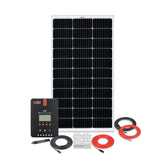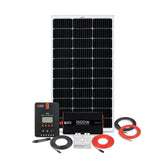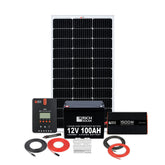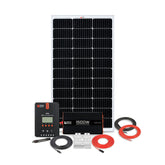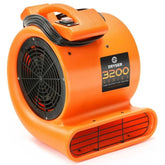Get In Touch +1 (888) 575-2099
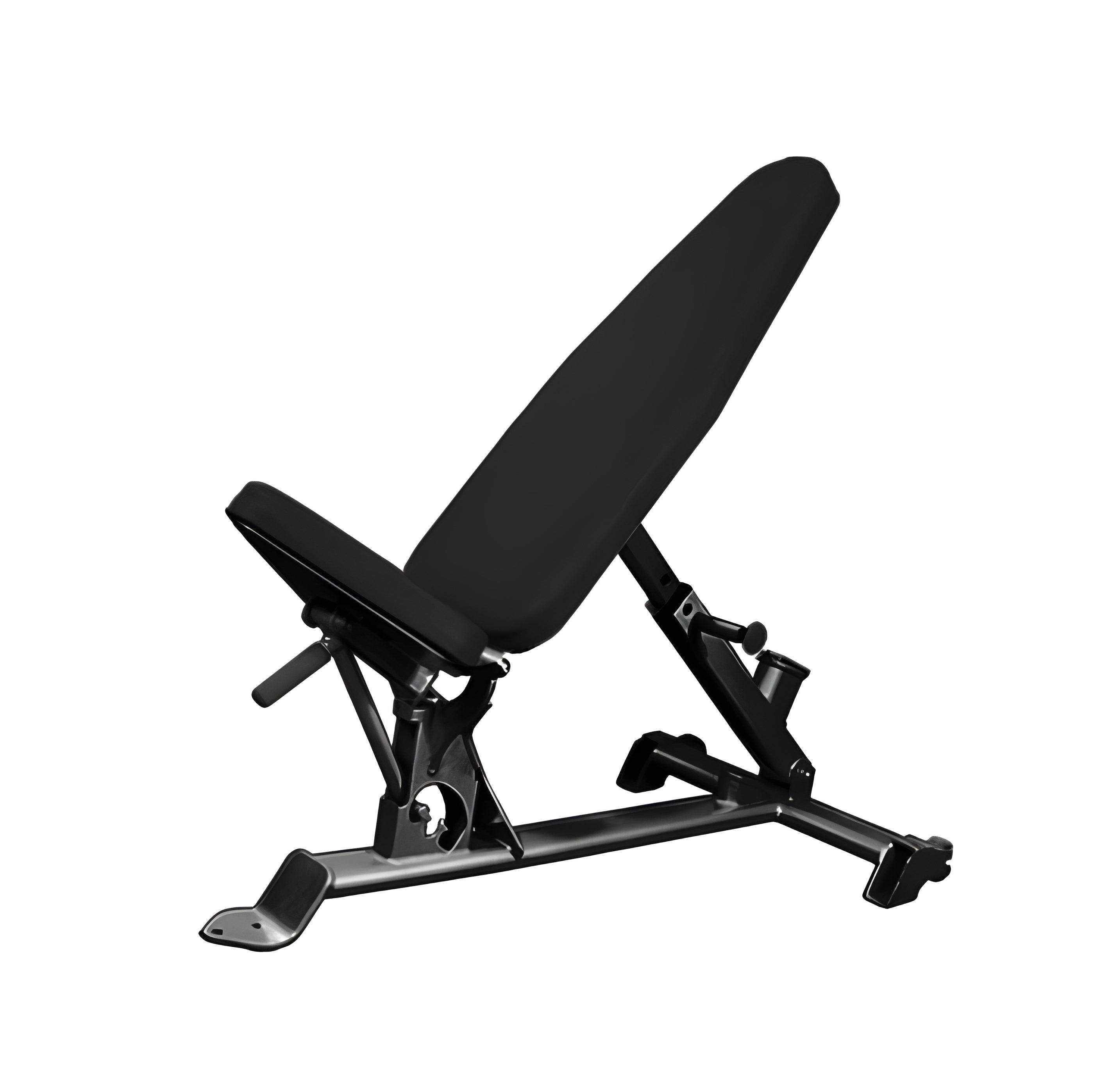

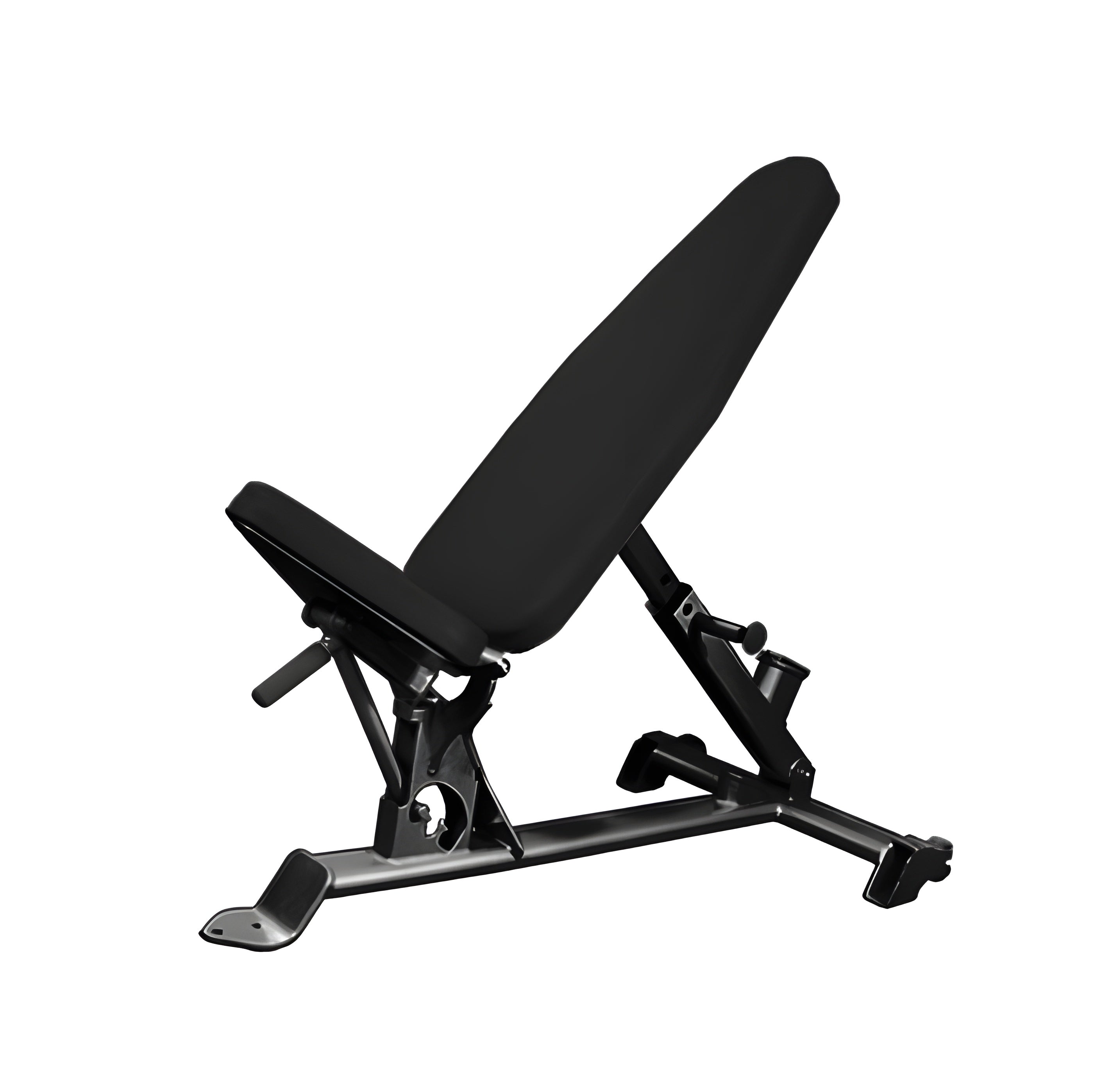


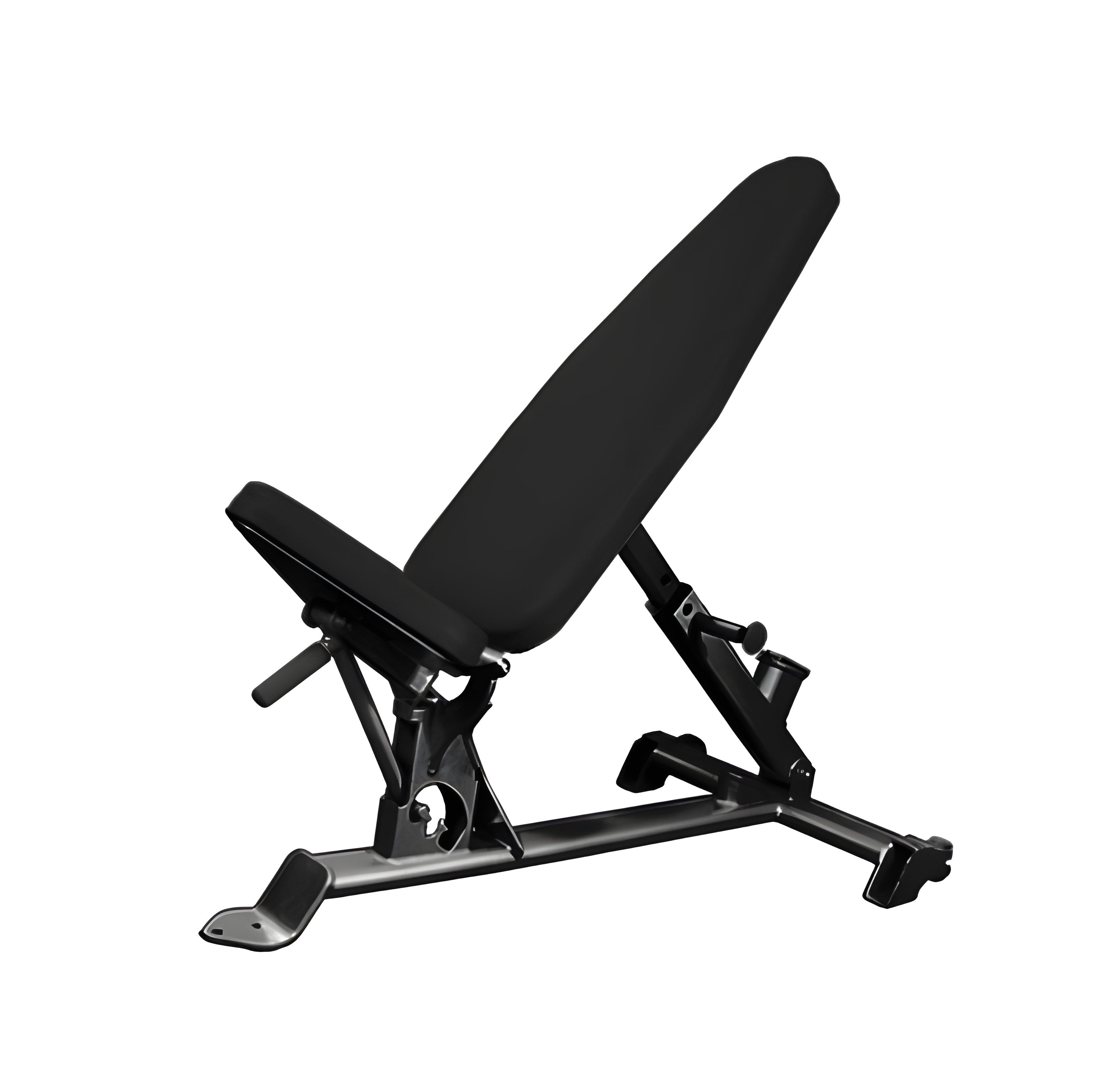
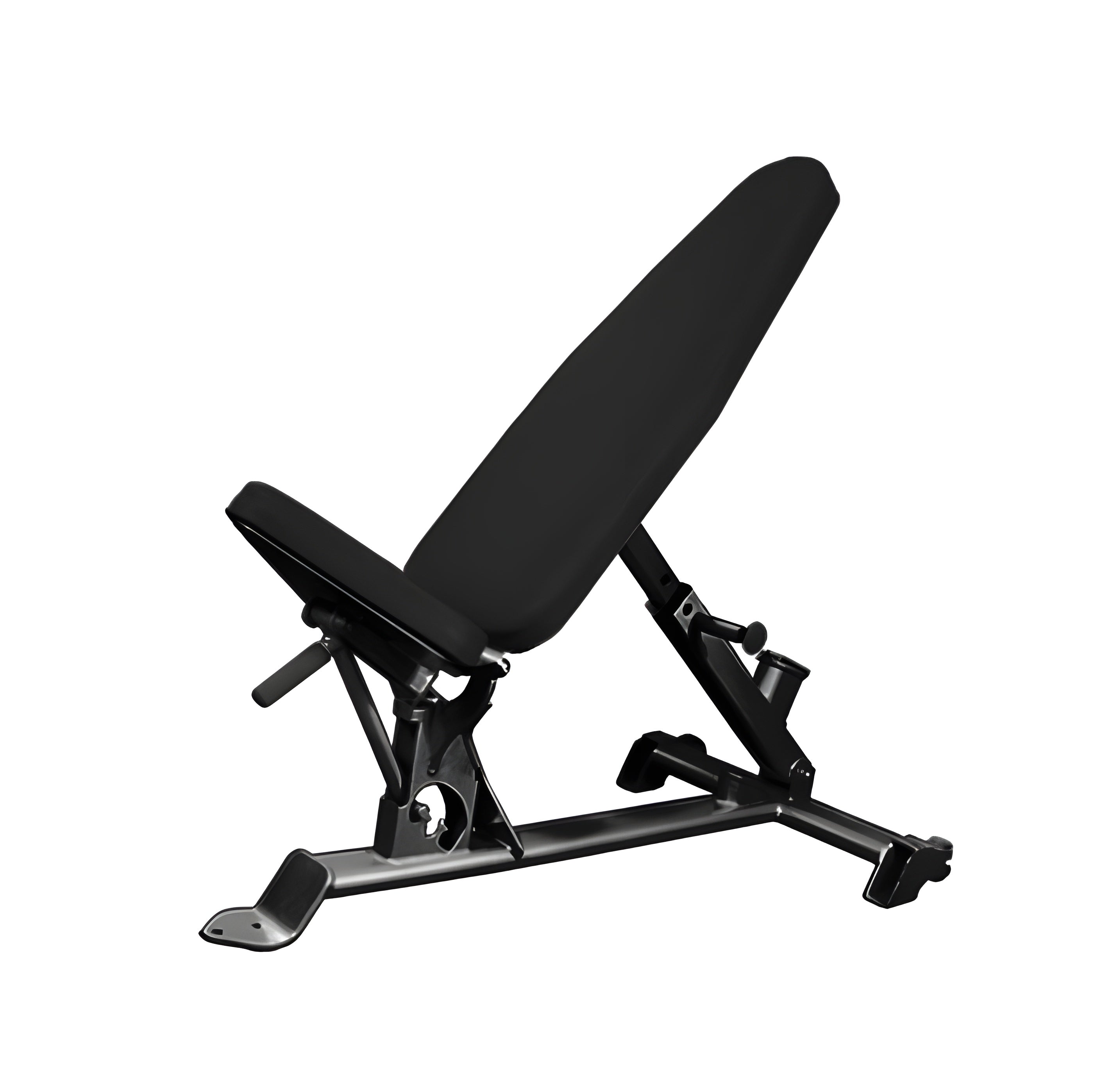

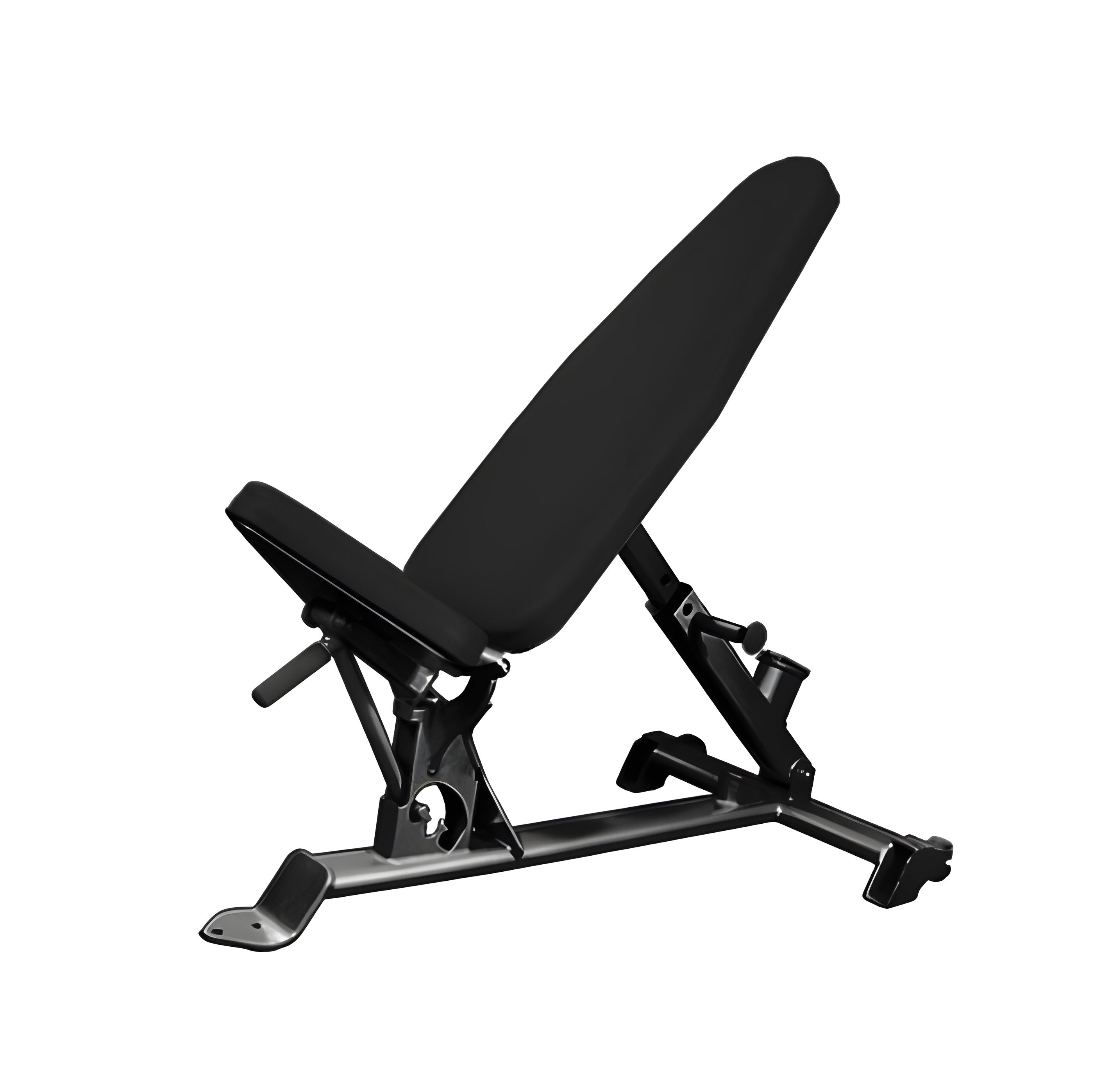
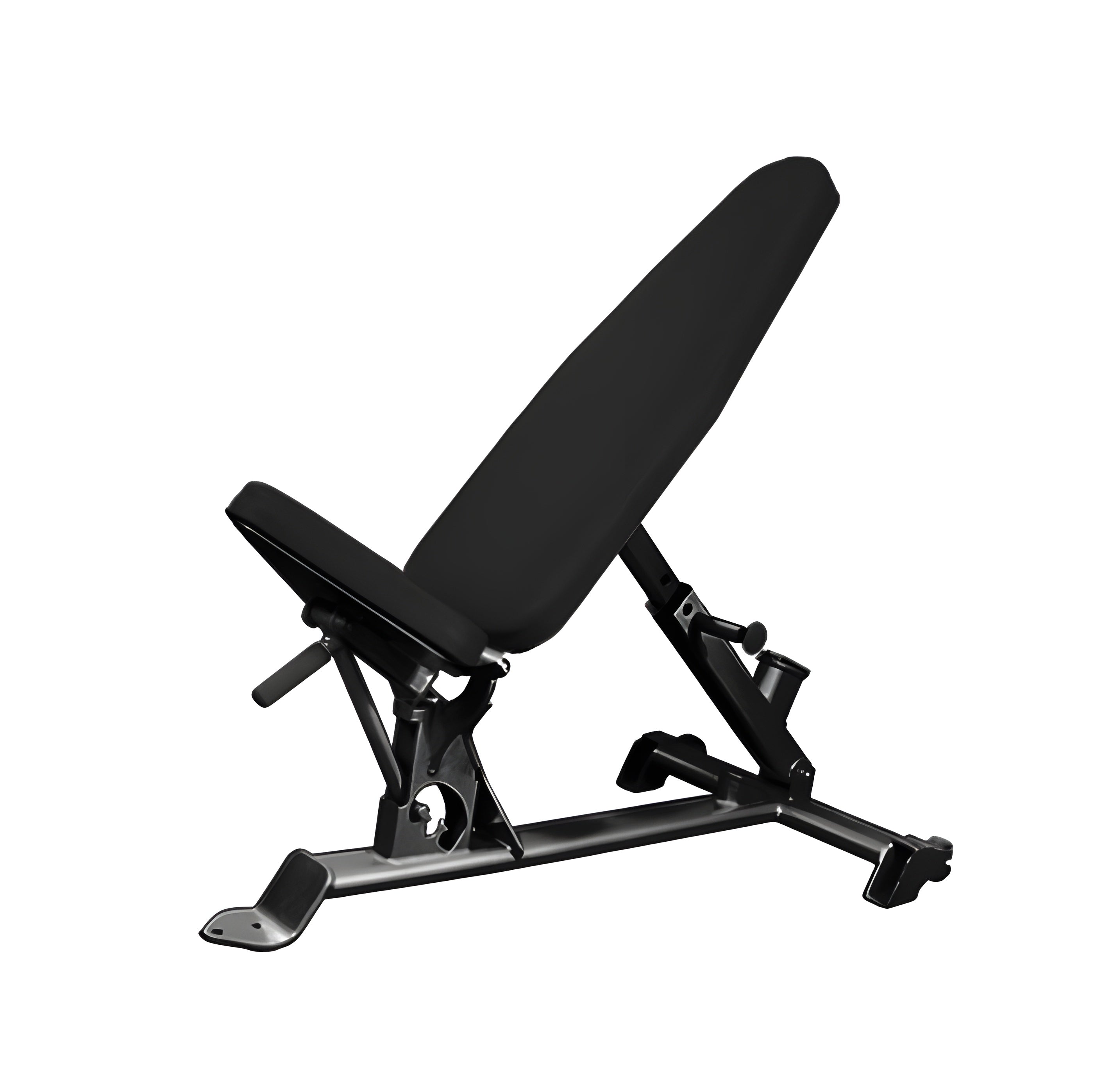
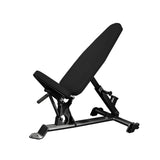
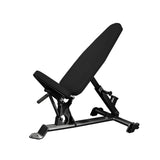
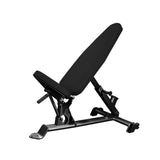



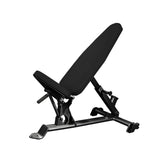
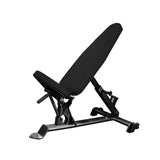
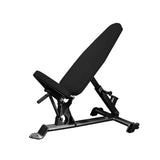


Expert Support,
Dial +1 (888) 575-2099

Limited Supply,
grab it before it's gone.

Lowest prices,
As low as possible.

All Items are brand New,
Never used.
Recently Viewed Products
Strengthen and Build Your Muscles with Muscle D Flat to Incline Bench - Elite Series
The Muscle D Flat to Incline Bench is an adjustable, high-class machine that supports and stabilizes the user throughout the exercise.
The adjustable design of bearings ensures smoother movement when operating.
The Muscle D Flat to Incline Bench targets chest muscles accurately during performing chest exercises.
Features
- Heavy-duty, durable tubing
- Super comfortable foam and upholstery
- Convenient handle and easy to move / use
- 0 – 90 Degree
Specs
- Floor Space: 56" x 27" x 18"
- Product Weight: 125 lbs
Warranty
- MOVING PARTS: 1 year from date of purchase.
- CABLES & UPHOLSTERY: 90 DAYS from the date of purchase.
- FRAMES & WELDS: 10 YEARS from the date of purchase.
What Our Experts Think
The Muscle D Flat to Incline Bench - BM-FTIB is a highly functional piece of equipment that offers versatility and durability for serious strength training enthusiasts. Here’s what sets it apart:
- Smooth Transition: The bench easily adjusts from flat to incline positions, providing a wide range of angles for targeting different muscle groups, especially the chest and shoulders.
- Heavy-Duty Construction: Built with a robust steel frame, the BM-FTIB ensures long-lasting performance and stability, even during heavy lifting.
- Comfortable Padding: The bench features high-density foam padding that provides comfort while supporting your back and shoulders, allowing you to focus on your form and performance.
- Locking Mechanism: The bench includes a secure locking mechanism that ensures stability when adjusting between positions, preventing any unwanted movement during your workout.
- Space-Saving Design: Its compact, adjustable design allows it to fit into both home and commercial gym spaces without compromising on functionality.
- Non-Slip Feet: Rubberized feet help keep the bench in place, ensuring safety and stability even during high-intensity exercises.
Whether you’re performing flat bench presses, incline dumbbell presses, or other upper body exercises, the Muscle D Flat to Incline Bench - BM-FTIB offers flexibility, durability, and comfort for an elevated workout experience.
Q&A
Q: What is the Muscle D Flat to Incline Bench Elite Series BM-FTIB?
A: The BM-FTIB is a versatile, adjustable bench that allows users to transition smoothly from flat to incline positions, ideal for a wide range of strength training exercises.
Q: What are its key features?
A: It features an easy-to-adjust incline mechanism, durable steel frame, high-density padding for comfort, and a non-slip base for stability during workouts.
Q: Who is it designed for?
A: Perfect for gym owners, personal trainers, and fitness enthusiasts looking for a reliable, adjustable bench for chest, shoulder, and tricep exercises.
Q: What exercises can be performed with the BM-FTIB?
A: It accommodates flat and incline bench presses, dumbbell exercises, and other upper-body strength movements targeting the chest, shoulders, and triceps.
Q: Why choose the BM-FTIB?
A: The adjustable design offers superior versatility, allowing for seamless transition between flat and incline positions, ensuring optimal muscle engagement and comfort.
Q: Is it suitable for all fitness levels?
A: Yes, the BM-FTIB is designed to meet the needs of users of all experience levels, from beginners to advanced lifters.
Q: Does it fit in most gym setups?
A: Yes, its compact yet durable design fits well in both commercial and home gym environments.
Maintenance Tips
-
Regular Cleaning: Wipe down the bench after every use with a clean, damp cloth to remove sweat, dirt, and dust. For a deeper clean, use a mild soap solution, ensuring it doesn't seep into the upholstery or mechanical parts.
-
Inspect Upholstery: Regularly check for signs of wear, rips, or damage to the upholstery. If any damage is noticed, repair or replace the upholstery to maintain a clean and comfortable surface for workouts.
-
Tighten Fasteners: Periodically inspect all bolts, nuts, and screws. Tighten any that may have become loose over time to prevent instability during use. Pay special attention to the adjustable mechanism.
-
Check Adjustment Mechanism: Ensure the flat-to-incline adjustment mechanism is functioning smoothly. If the incline mechanism becomes stiff or difficult to adjust, apply a small amount of silicone-based lubricant to moving parts.
-
Inspect Frame for Stability: Regularly check the frame for cracks, signs of rust, or wear. Ensure that all structural components are properly aligned and stable.
-
Lubricate Moving Parts: For benches with moving parts, such as the backrest adjustment, apply a small amount of silicone or a similar lubricant to ensure smooth operation and avoid wear on the parts.
-
Leg Pads & Foam Inspection: Ensure that the leg pads and foam cushioning are intact and secure. Replace any worn or damaged pads to maintain comfort and safety during exercises.
-
Ensure Proper Weight Capacity: Adhere to the specified weight limit of the bench to prevent unnecessary strain on the frame and components. Overloading can lead to structural damage or malfunction.
-
Check Rubber Feet: Inspect the rubber feet or stabilizers for any damage or wear. Replace them if necessary to prevent floor damage and maintain stability during use.
-
Store Properly: When not in use, store the bench in a dry area, away from direct sunlight or moisture, to avoid deterioration of the materials. If space allows, store the bench in an upright or collapsed position to save space and reduce strain on the frame.
Related Products
- Choosing a selection results in a full page refresh.

















